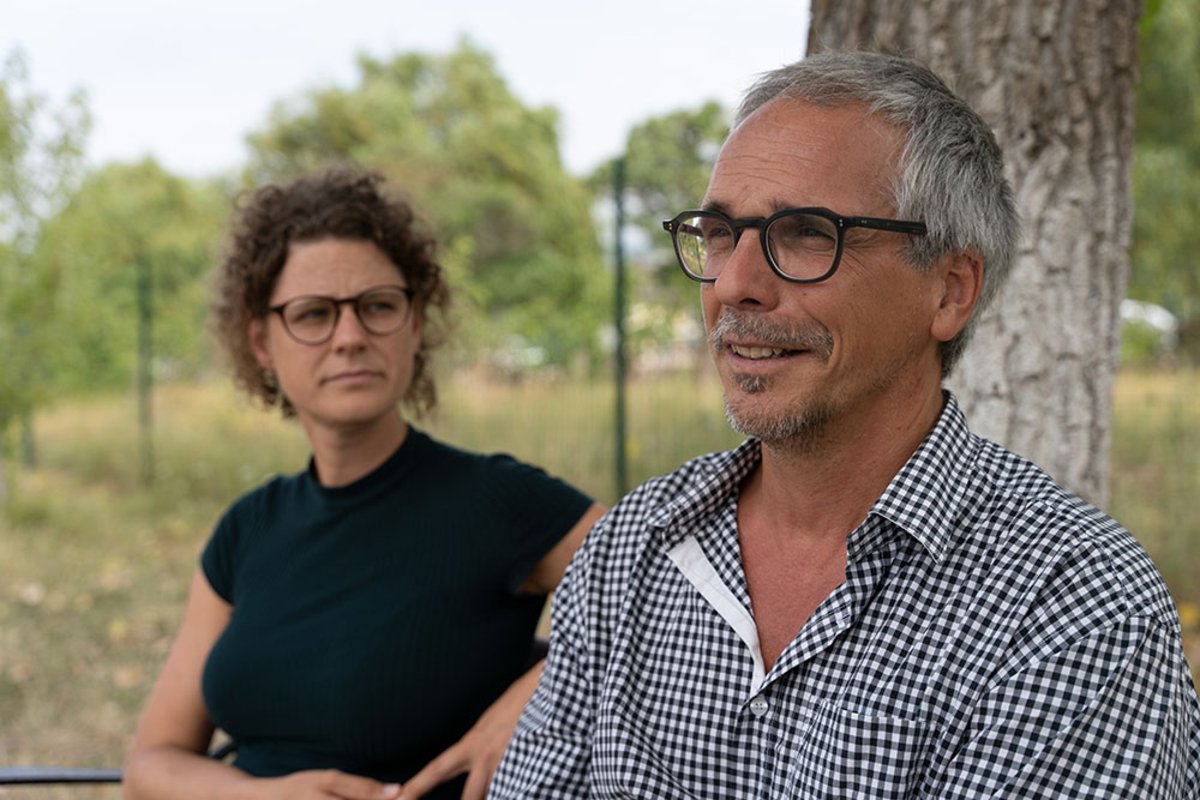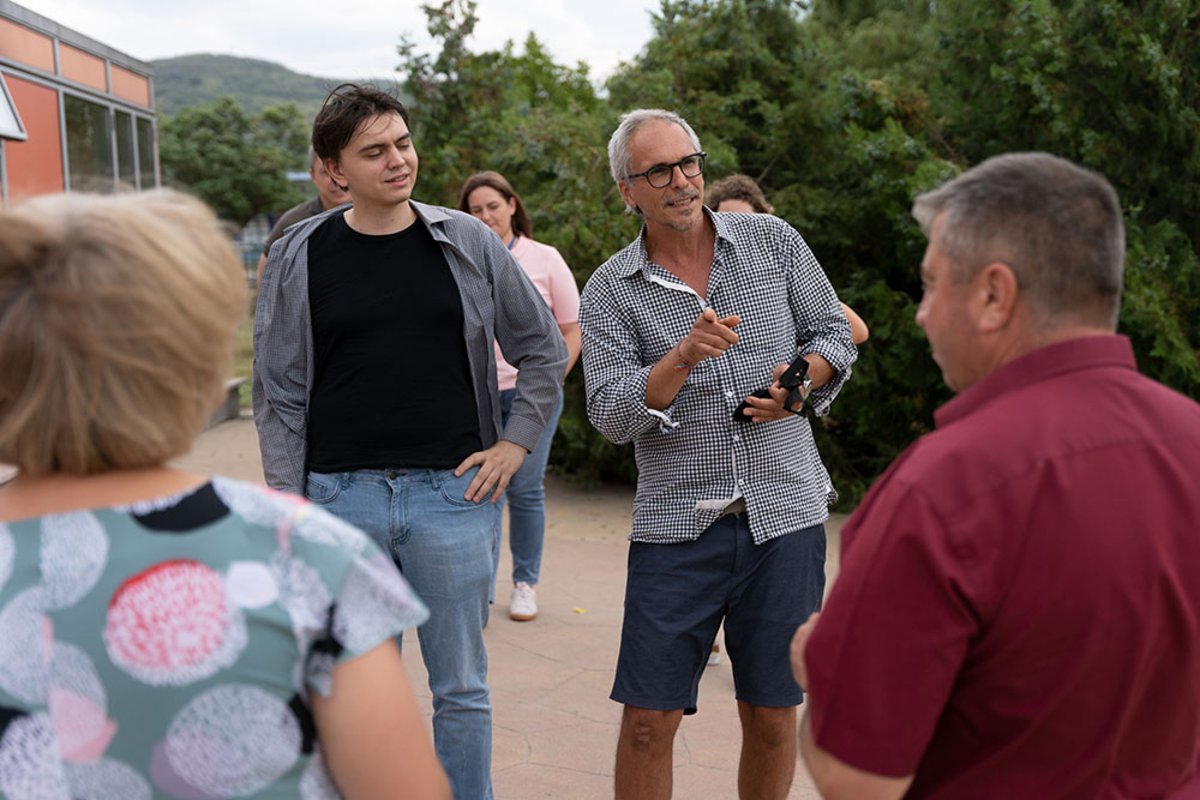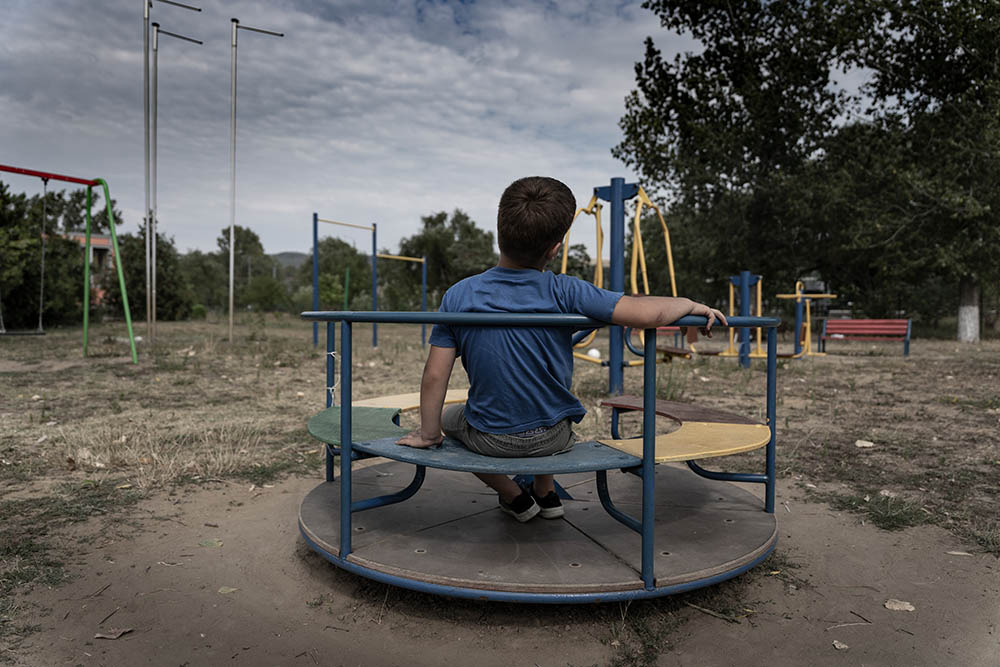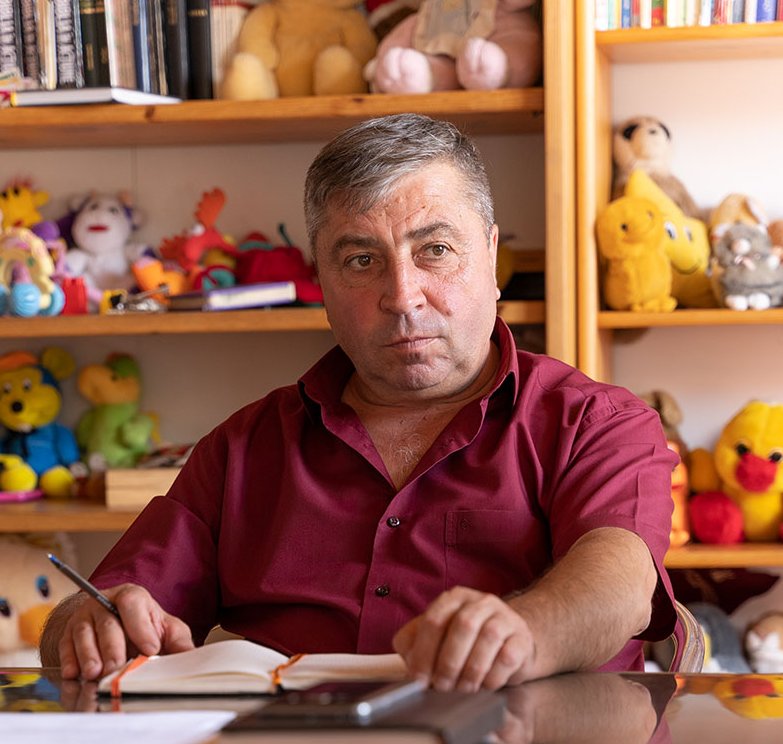Moldova: How to help traumatised children?
Ukrainian children who arrive in Moldova after fleeing are usually traumatised. They have experienced unimaginable suffering and urgently need help. CONCORDIA Social Projects has been caring for disadvantaged children and young people in the country for 18 years. Since February 2022, it has also opened its facilities to Ukrainian children. In order for our staff to be able to react more professionally to the traumas, they are trained by experts from Austria through cooperation with other organisations such as Kindernothilfe or Der Möwe. Journalist Katharina Nickoleit spoke with them.
"We have long wanted to learn more about the needs of traumatised children and how to deal with them properly," says Pavel Nani, head of the CONCORDIA centre in Nisporeni. "The many refugee children from Ukraine with their very specific problems have made this even more urgent." When a particularly large number of families came here at the beginning of the war, Pavel Nani and his colleagues provided care for up to 80 additional people. This brought the team to the edge of its capacity. "With so much work to do, we were not always sure whether we could sufficiently address the special needs of the refugee children," recalls social worker Aliona Florea. "In addition, we still know far too little about trauma itself." To change this, all staff members of the CONCORDIA centres in Moldova are currently being trained in online and face-to-face workshops. Under the guidance of experienced trainers, they learn how to deal with children affected by trauma so that they can better process their experiences.
Interview with the two trainers in Nisporeni
Psychologist Lisa Dangl and psychotherapist Michael Gaudriot come from the Austrian child protection centre "die möwe", which has been caring for children affected by violence and their reference systems for 30 years. As part of the möwe academy, the two give workshops all over Austria and beyond to prevent violence in schools, children's and youth facilities and to help deal with trauma in the right way.

Ms Dangl and Mr Gaudrio, what actually is trauma?
Michael Gaudriot (MG): Trauma occurs when a person is confronted with an event that is so threatening that they have to develop protective mechanisms to endure it. The constant inner tension that remains in the nervous system as a result can show itself through a kind of numbness or through very anxious or aggressive behaviour. In any case, trauma victims are impaired in their ability to trust, to reassure or comfort themselves.
Lisa Dangl (LD): Such a trauma often lies dormant under the surface and can be awakened by certain stimuli, such as a noise or a certain situation.
Do all the children who have to flee the war in Ukraine have a trauma?
MG: Yes, we can assume that. They have experienced something that is difficult for us as outsiders to imagine and that has changed their lives and their perception of themselves and the world on a neurological level.
LD: The difficult thing about fleeing is being uprooted. You lose everything you have built up over a lifetime. At the same time, the mothers are under massive pressure because they have to reorganise their lives in a foreign country and deal with the flight themselves. They cannot be there for the children as they would like. On top of that, the father is missing.
What is the impact?
MG: It depends on the history of the child. If a traumatic experience is experienced by a child who has a good foundation of basic trust, then he or she can usually cope better with a bad experience.
LD: For a child who has already been through many difficult situations and who lacks this basic trust, the same experience can have a much more serious impact because the trust is shaken again. Therefore, one of our tasks is to sharpen the staff's eye for which children are coping well with the experience and which need more support.
![[Translate to English:] Traumaworkshop für die MitarbeiterInnen von CONCORDIA Sozialprojekte in Moldau](https://www.concordia-sozialprojekte.de/fileadmin/user_upload/DACH/So_hilft_CONCORDIA/Ukraine/MO-TudoraTraumaworkshop1-c-ChristianNusch.jpg)
What do the staff learn in the workshops?
MG: We talk about what typical trauma reactions are, what behaviour is conspicuous and should make us particularly attentive. And also about what happens in a person when they experience something that they cannot process, that shakes them to the core. But we don't turn our staff into psychologists who analyse and treat traumas. That's not what it's about, it's about offering a child affected by trauma a stable and predictable environment in which he or she can relax and come to terms with what has happened.
LD: Basically, we are doing prevention of trauma sequelae. The goal is for the staff to understand how important it is to create a safe place with reliable relationships where the tension of the trauma can relax and not become more entrenched.

How important is it for people who deal with traumatised children to know all this?
LD: It is very important that the carer is aware that things they do or say can be a trigger that triggers retraumatisation. They have to be aware of this and avoid certain things in case of doubt.
MG: It is also important to be particularly reliable as a carer. That also means, for example, that - even if it is well-intentioned - you don't make promises and offers of relationships that you can't keep.
What do traumatised children need?
LD: The children need the certainty that they can come to the staff and confide in them. This requires special sensitivity on the part of the adults. They should notice early on when a child is caught up in his or her experiences and needs special attention.
MG: Attentiveness is the be-all and end-all of a trauma-sensitive approach. The staff should signal to the child that he or she can turn to them if he or she wants to open up. And then they have to be able to listen and bear what is said. If we succeed in conveying this, the participants will be able to respond even better to the needs of traumatised children after this workshop.
Text: Katharina Nickolait; Photos: Christian Nusch




